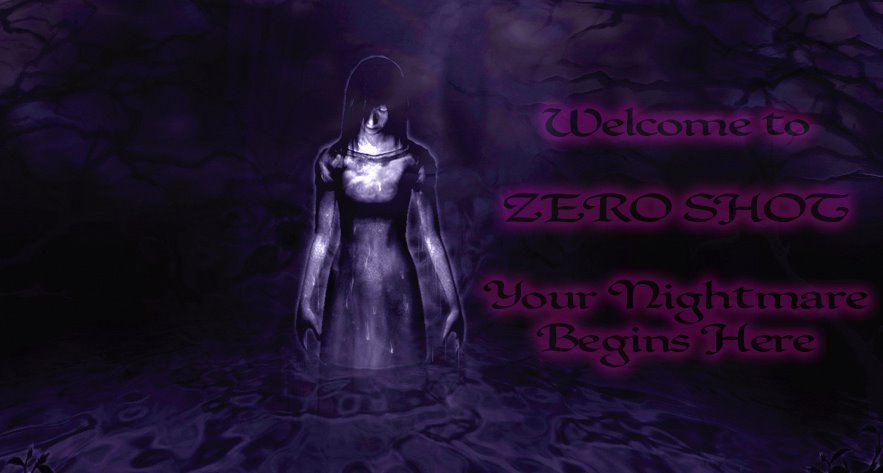
The Zero Shot Trilogy
Book Three - Coming soon!

Welcome to "Zero Shot", a Project Zero / Fatal Frame website featuring all new original stories
based on TECMO's ZERO game series for the Playstation 2 and XBOX.
So turn out the lights, sit back with a good cup of coffee and enjoy yourself as I do my best to
scare the hell out of you.
These stories will be updated as my work schedule permits, so please check back often.
Be sure to post feedback if you like what you read.
Disclaimer: While all stories and characters are my own, all images on this site unless
otherwise stated, as well as references to Project Zero or Fatal Frame, are property of
TECMO USA/Japan and are subject to copyright. This is a fanwork site, and not affiliated
in anyway with the makers of this game franchise.
